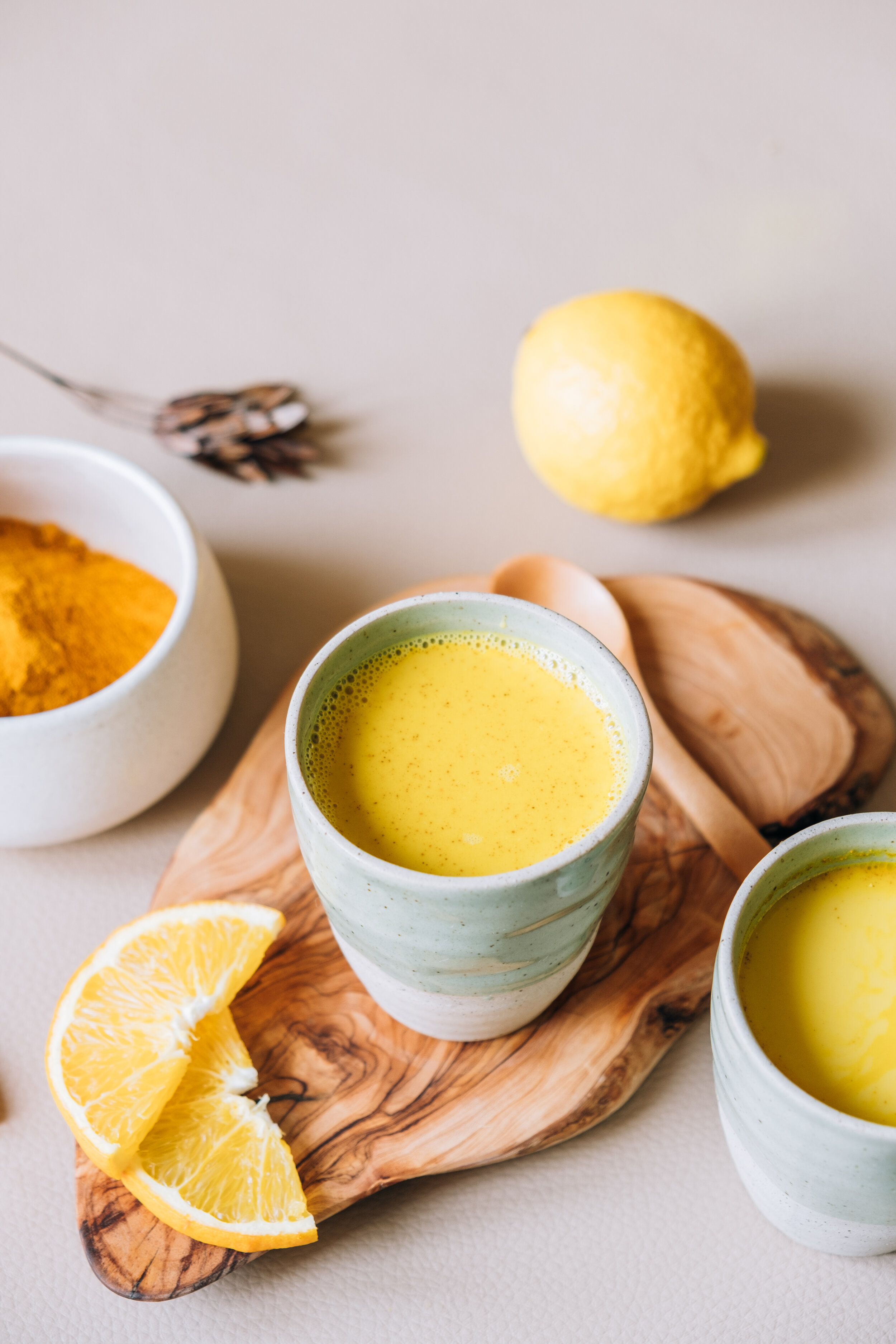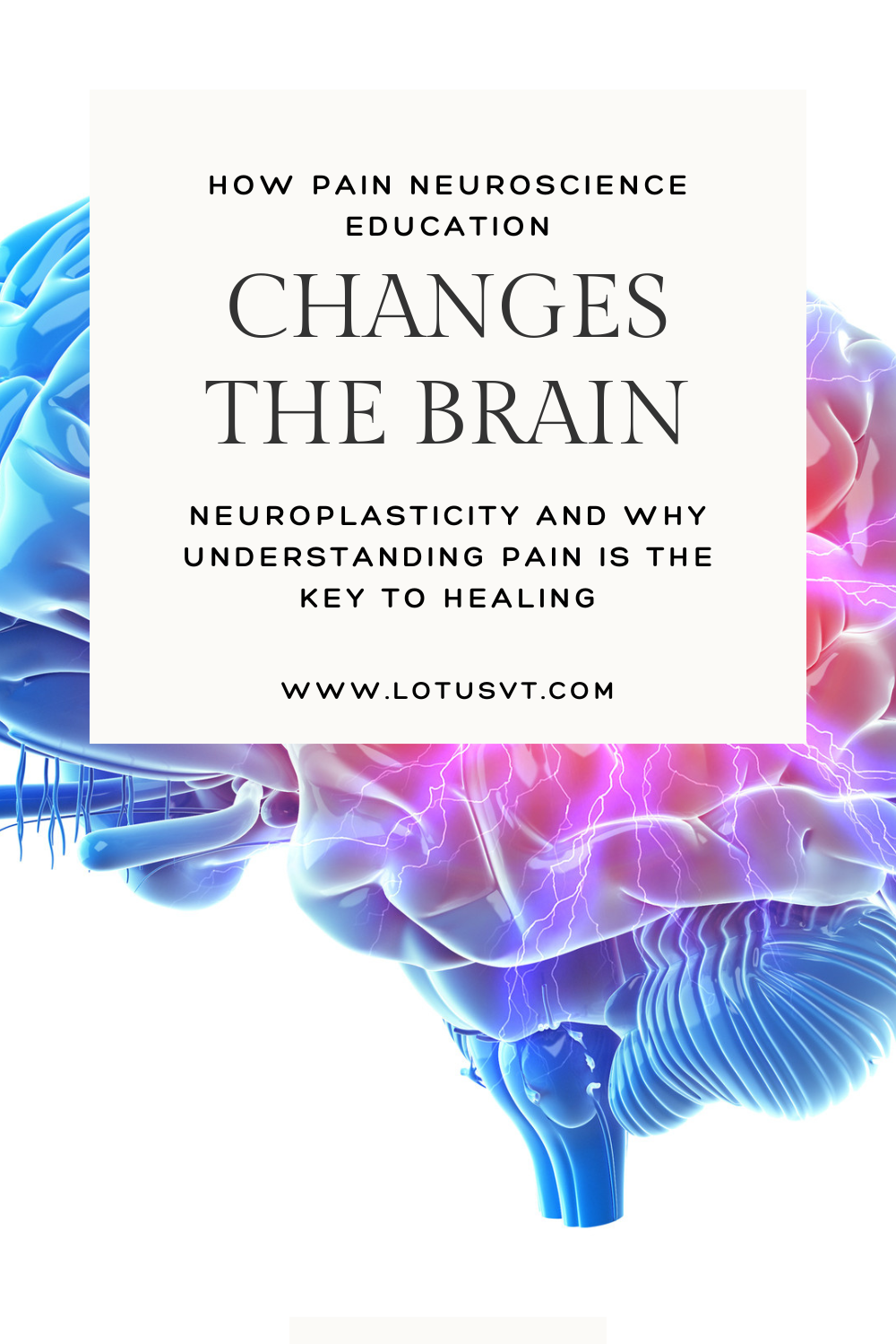
It’s hard work growing up
In order to bloom, they have to grow DOWNWARDS first. Only after they've set their foundation do their sprouts start to shoot up. And those sprouts have to work hard to push through the heavy, sticky mud in order to find light. Imagine how much trust that must take to move away from the light in order to set the foundation.
It’s not all in your head
Over the years I’ve seen a lot of people whose doctors dismissed them or made them feel like their pain was all in their head because they didn’t get better by treating their symptoms, and often the source of pain couldn’t be seen on an image. If you know my story, you know that this happened to me. I had excruciating pain and severe loss of function (I couldn’t make a fist with my right hand, so I couldn’t do basic things like hold a pen to write my name), and I had doctor after doctor tell me that I was fine because the MRIs didn’t show any signs of nerve compression.

It’s Really Not A Mystery
I used the word mysterious because most of the people who come to see me don’t understand why they are in pain, and their doctors often don’t understand either, but I don’t think it is a mystery at all. Pain is not just the result of injury. Pain is an alert from the body warning of potential danger.
What part of the body is responsible for responding to danger? The sympathetic nervous system.

Feeling BLAH this Spring?
Spring is kapha season, which means the earth and water elements are more predominant in nature. When earth and water mix, they become mud, and mud is thick, heavy, sticky, cold, and damp. These same qualities can start to creep into our own bodies, leading to congestion, swelling, seasonal allergies, heaviness, and inertia. Even though there is an energy of emergence as the sun starts to peak out again, and the tenacious spring ephemerals push through the mud and start to bloom, it is common to feel weighed down and heavy during the spring. Can anyone relate to feeling unmotivated and stuck in the mud this time of year?

Trust Your Gut
Did you know that your gut has its own nervous system, called the enteric nervous system, that is kind of like a second brain? The enteric nervous system has as many nerve cells as the spinal cord, and in collaboration with the gut microbiome, produces neurotransmitters that influence mood, immune function, hormone release, digestion, and pain. The enteric nervous system and the brain communicate with each other via the vagus nerve about things like nausea, hunger, fullness, emotion, discomfort, and danger. In other words, the gut and the brain are interconnected, which is why can get a stomachache when we are stressed, or get anxious when we are constipated. It is also why our digestion is affected when we are in pain, and why supporting a healthy gut is important in unraveling persistent pain.

The power of being heard
We have a real problem with our medical system right now. Doctors rely on lab tests and imaging for diagnosis, but the diagnostic tests aren't sensitive enough to detect issues at the early stages. Patients are often told to just come back if it gets worse, and unfortunately, that is exactly what happens. The consequence is that it teaches us to ignore our pain and override our body's built-in protective mechanism.

The Poetry of Belonging
Andrea Gibson, one of my favorite poets, said, "If you want to be happier, wholeheartedly welcome your grief." My dear friend Reuben Jackson passed away last week, and the waves of grief have been strong. They have brought rivers of tears and heartache, but in their own way, the waves of grief have also brought joy. It truly has been a beautiful thing to witness people from all over the world publicly share their love for Reuben, and to reconnect with old friends I have lost touch with over the years as we share our grief and our memories. I am doing my best to welcome this heartache, and to practice with it. Reuben was a deeply feeling person, and I think he would have agreed with Andrea Gibson that the only way to make it through this life is to open your heart to it all.
Ojas Milk Recipe
This recipe for ojas milk has lots of brmhana (building and nourishing) ingredients and is great for balancing out the depleting qualities of winter. Banyan Botanicals is a great source for ashwagandha and shatavari, and if you use the coupon code RACHEL15, you will get 15% off your order. Ashwagandha is an adaptogen that helps the body heal from stress. The etymology of the word is associated with the strength and vitality of the horse, and it imparts those same qualities. It is also sometimes called Indian Ginseng because it promotes mental focus and clarity. Shatavari is also an adaptogen whose name means "100 spouses." It is a replenishing herb that helps the organs and tissues of the body retain their juiciness. Both herbs are calming for the mind and nervous system as well.

Yoga is more than exercise
Every part of our practice (studying philosophy, mantra, mudra, pranayama, meditation, asana, etc.) is yoga. But the true yoga is living your yoga. What is the purpose of our time on the mat if not to guide us into becoming more engaged, compassionate, and aware beings? Your personal practice informs your life, and your life informs your practice. And, this is a lifelong practice of cultivating peace in the world, starting with cultivating peace with ourselves.

Understanding pain
Pain is your nervous system’s response to the perception of threat. The first step to reducing pain is understanding it. Explaining pain reduces the perception of threat, which reduces pain. As pain comes down, function improves. The next step is to figure out your triggers, and build up your toolbox to help you manage those triggers. As you balance your life, you will start to balance your pain.

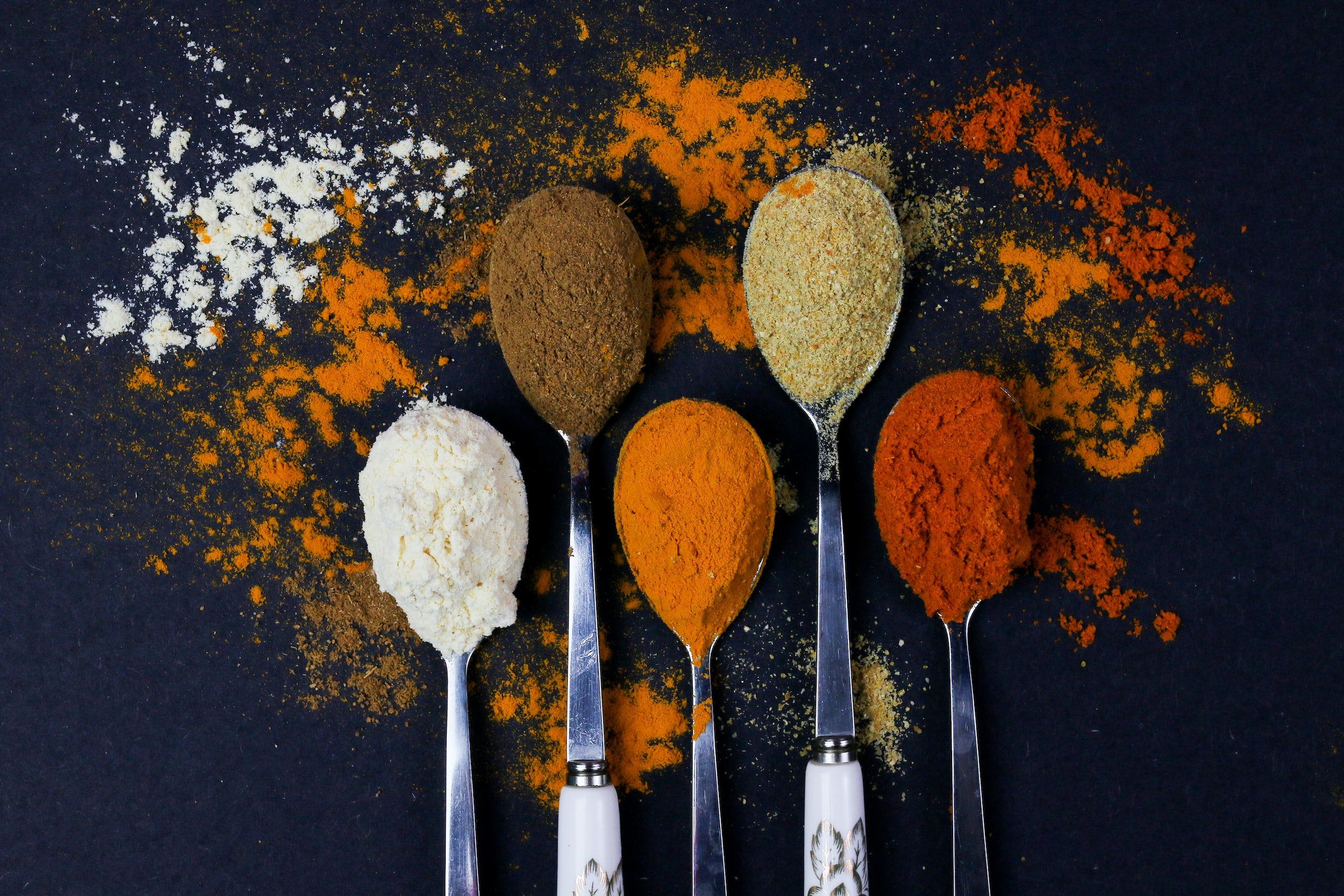
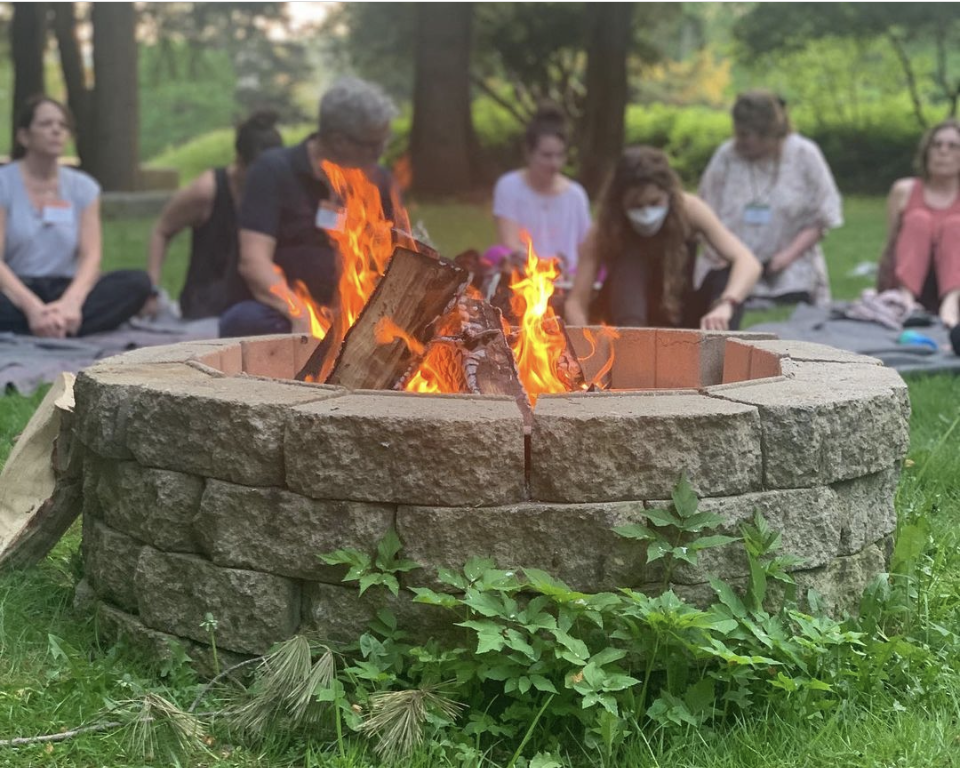
Food is Medicine: Part 1 - Digestive FIre
All of Life is a Fire Ceremony
In ancient yogic texts, the first word of a text is the most important word. The first word of the Rig Veda, one of the oldest spiritual texts in the world, is agni, which means fire, and the first chapter is devoted to rituals to honor the god of fire. My teachers frequently say, “All of life is a fire ceremony,” and Ayurvedic practices center around tending to the digestive fire. This is because without fire, we would not be able to transform the food we eat into the energy we need to sustain our lives. Keeping the digestive fire strong is key to maintaining health and to recovering from illness and injury. In fact, almost every disorder or disease begins in the gastrointestinal tract and can be treated, in full or in part, by tending the digestive fire and using food as medicine.
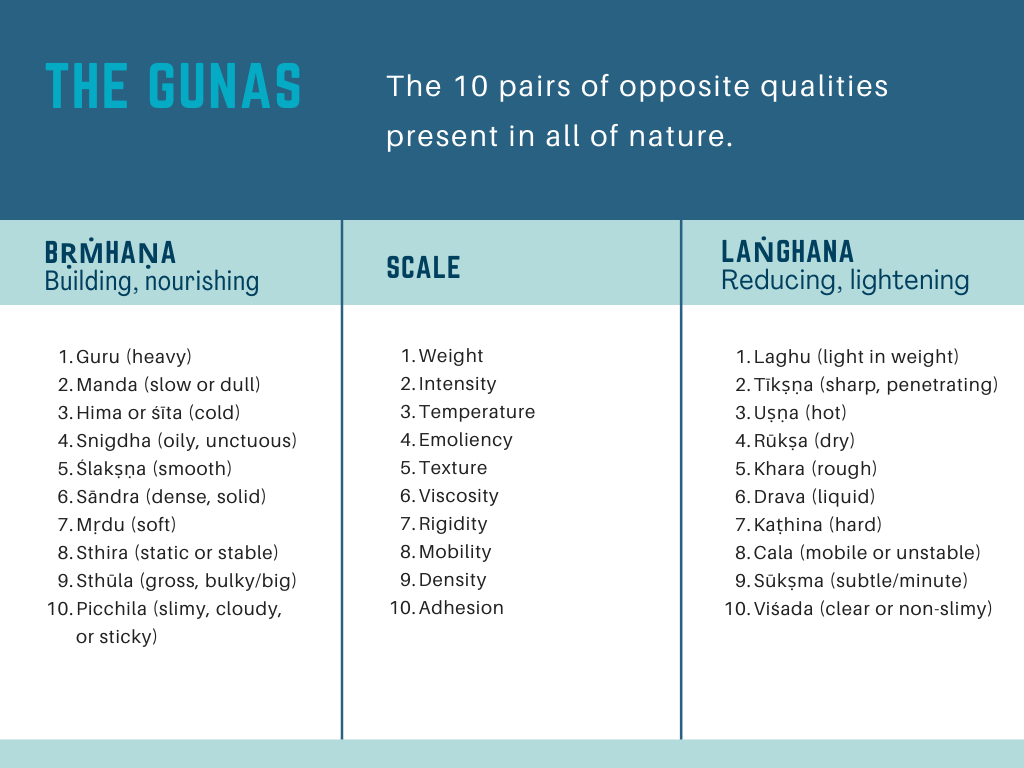
10 Pairs of opposites
Ayurveda is an elemental science and provides elegant guidance in finding balance. Each element has specific qualities (e.g. heavy or light, cold or hot, dry or oily), called gunas. Understanding the gunas can help us identify early signs of imbalance by recognizing when a particular quality is too high or too low. We find balance by applying this law of the universe: Like facilities like and opposites bring balance. By developing practicing self-awareness without judgement, we can sense what we need to stay balanced and develop the discernment needed to make choices that will be balancing, nourishing, and supportive.

Come to Your Senses
The sensory organs are the gateway to the nervous system. They connect our outer and inner worlds by sending information about our interaction with our environment to our brain, which then perceives and interprets that information. When the sensory channels are clear, we can perceive things clearly, which helps us to make choices that are nourishing and balancing.
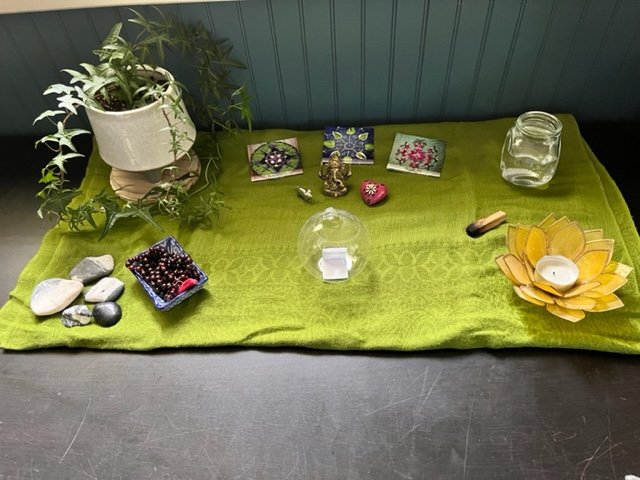
Creating an Altar for abundance & Prosperity
Creating an altar for abundance and prosperity using the principles of Vastu Shastra.
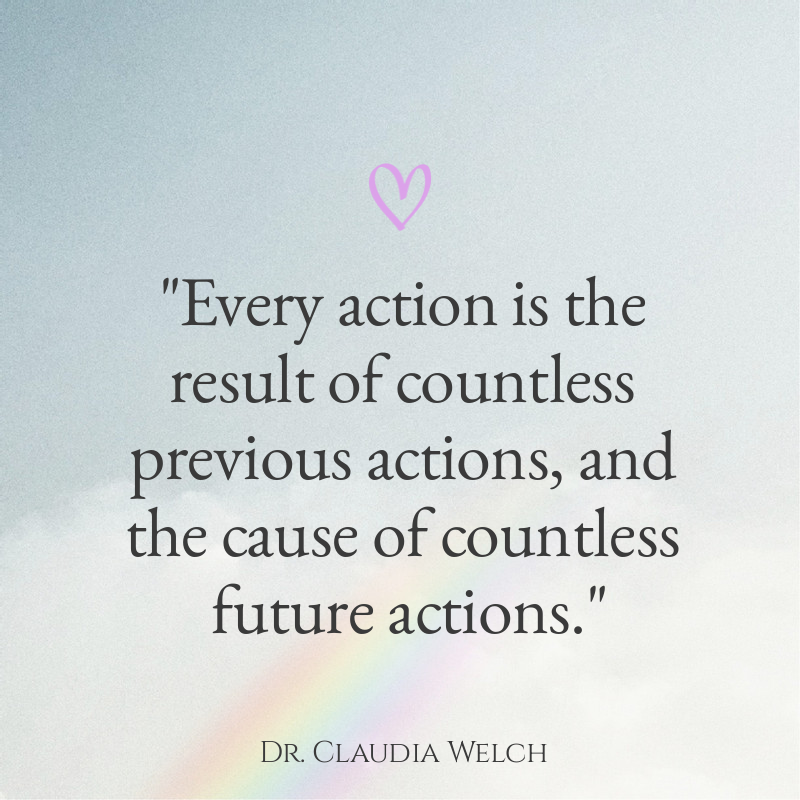
everything is connected
The most powerful medicine is often the simplest. Ayurveda looks at the context and asks, "What in the environment is creating the conditions for this imbalance to thrive?" For me, the answer is in the question. When I ask myself what sharks are in my waters, the answer is anything in my environment that disconnects me from my inner wisdom and from the wisdom of the natural world. When I think about solving every problem, it feels overwhelming. But when I think about connecting to the rhythm of my heart and the rhythm of nature, it seems quite simple.
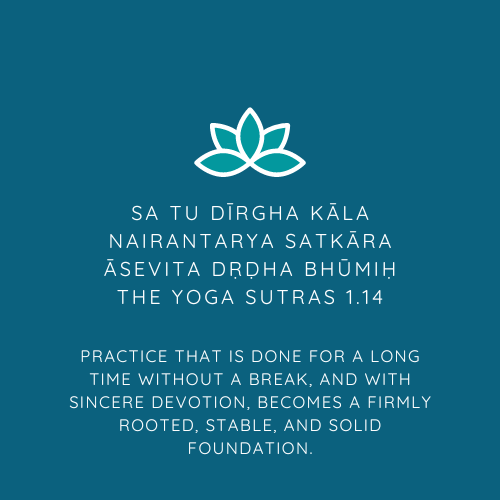
Small Changes over time
Yoga Sutra 1.14: Practice that is done for a long time without a break, and with sincere devotion, becomes a firmly rooted, stable, and solid foundation.
